The astounding fossil that drastically changed how we might interpret the human story
The skull of Homo floresiensis was around the size of a grapefruit
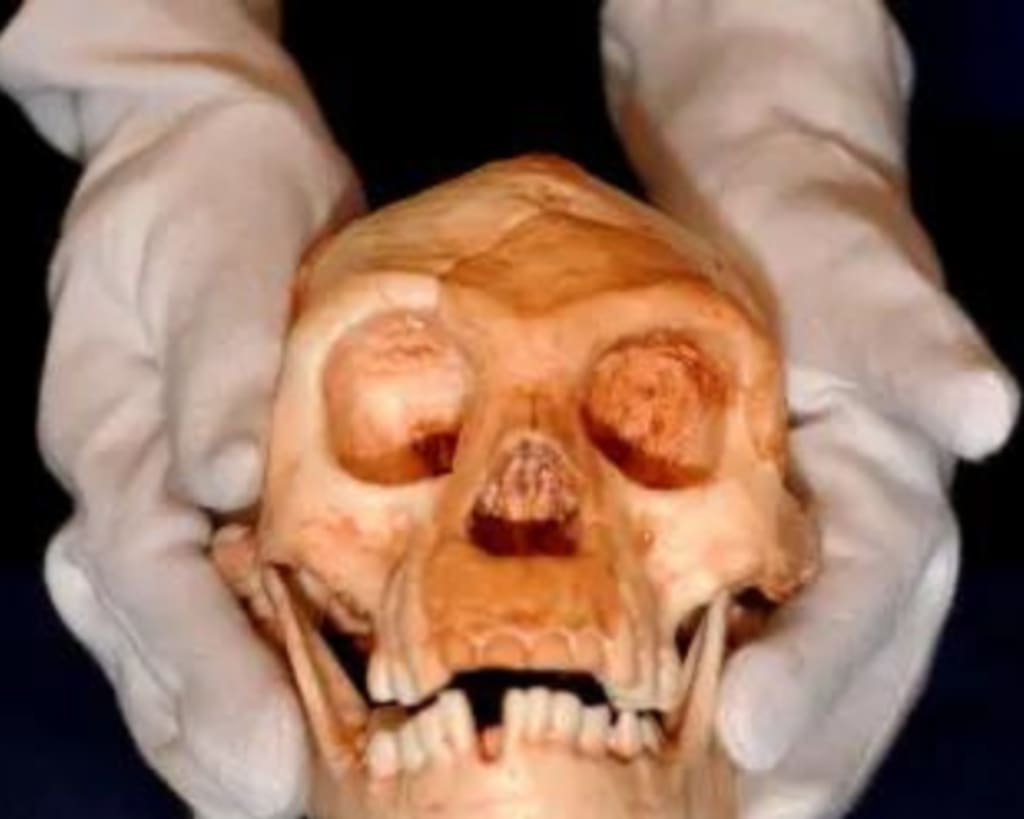
The skull of a newfound type of human, Homo Floresiensis Accepted to be living quite a while back, scarcely a meter tall with a skull the size of a grapefruit. The fractional skeleton was found on the Indonesian island of Flores on October 27, 2004
Different
Indonesian paleologist Thomas Sutikna was nursing a fever in a lodging on September 2, 2003, when a colleague shared fresh insight about what ended up being a once-in-a-lifetime disclosure.
Prior to that day, a partner's scoop had struck a minuscule human-like skull encased in 6-meter (19.7-foot) profound dregs in Liang Bua, an enormous cavern in the good countries of the Indonesian island of Flores that Sutikna and his associates had been uncovering beginning around 2001. Sutikna's fever quickly disappeared, and following an erratic night's rest, he and his group set out for the site at the crack of dawn.
They were excited to reveal more bones—ssome actually joined to each other—iin a similar area at the high-ceilinged cavern.
"There were leg bones, hand bones, tibia, and femur assembled in there, in one setting.
Given the extremely delicate state of the bone, it was impractical to lift it (out of the ground) right away," reviewed Sutikna, presently a paleologist and scientist at Indonesia's Middle for Archaeometric Exploration at the country's Public Exploration and Development Organization.
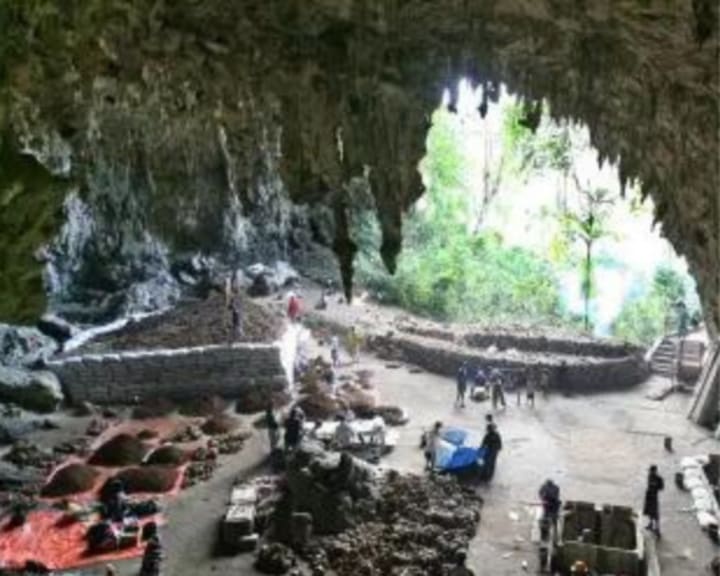
In this photograph taken Monday, Sept. 12, 2009, laborers work at the Liang Bua cave exhuming site where the fossils of Homo floresiensis were found in Ruteng, Flores Island, Indonesia. A 18,000-year-old bantam female skeleton was recovered in the collapse of 2003, taking steps to upset the ordinary perspective on human advancement, which says that our species, Homo sapiens, deliberately packed out other upstanding strolling human cousins starting a long time ago.
To solidify the fragile uncovered bone, he applied some CH3)2CO nail clean remover purchased from a beauty care products store and blended it in with the stick the group had nearby.
The group then, at that point, brought the blocks of cut residue containing the bones back to the lodging by minibus.
Wahyu Saptomo, one of the field archeologists who had first informed Sutikna regarding the disclosure, recalled that they put the blocks of soil on their laps—tthe most secure place during a rough minibus ride on an unpaved street.
From the start, the group thought maybe the little skull and different bones had a place with a youngster; however, as Sutikna cleaned the fossil at the inn, he saw it had the molar teeth of a grownup. It had all the earmarks of being a totally new sort of human, a female example with a puzzling blend of elements that stood a little more than 3 feet (around 1 meter tall) and would have weighed around 66 pounds (30 kilograms).
"We were totally amazed by the fossil, in light of the fact that, in the wake of cleaning, it very well may be seen that the teeth had all developed and were flawless. The skull bones likewise showed that it was a grown-up bone, not a kid's skull," said Sutikna, who in this manner took the fossil to Jakarta, the Indonesian capital.
Presently, after 20 years, researchers are still attempting to conclusively solve this cryptic piece of the developmental riddle. However, the excursion ignited by disclosure has prompted disclosures to challenge what's been realized about the human genealogical record.
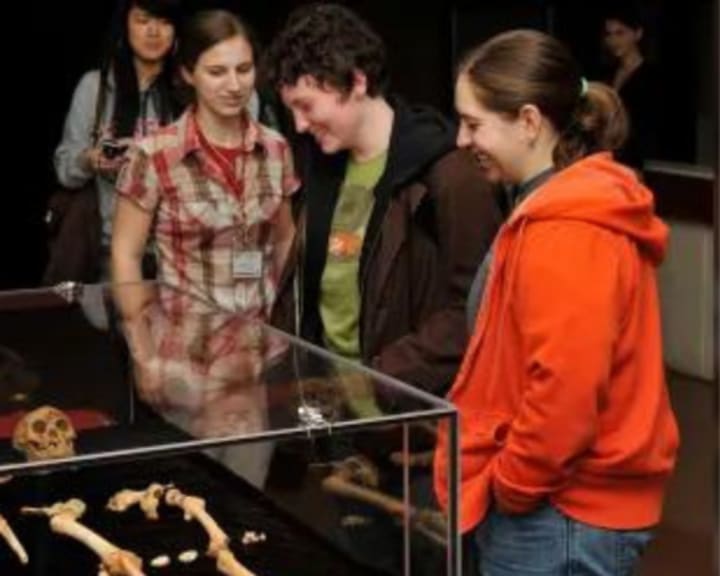
Touchy revelation
The group and its worldwide colleagues knew from the very outset that what they had found was historic, and they endeavored to maintain the mystery of their revelation for over a year so the remaining parts could be concentrated on exhaustively.
At the point when they delivered the consequences of their exploration in two examinations distributed in the high-profile logical diary Nature a little more than a year after the fact, the discoveries stirred up the area of paleoanthropology and enthralled a more extensive crowd, standing out as truly newsworthy all over the planet.
Nicknamed Hobbit—the greatly famous first "Ruler of the Rings" film had turned out in late 2001—bby Mike Morwood, the late Australian prehistorian who had led the dig, the Liang Bua example seemed to be something from the film's Center Earth domain.
A remaking of Homo naledi's head by paleoartist John Gurche, who went through nearly 700 hours reproducing the head from bone outputs. The find was declared by the College of the Witwatersrand, the Public Geographic Culture, and the South African Public Exploration Establishment and distributed in the diary eLife.
Photograph by Imprint Thiessen/Public Geographic
Secretive species covered their dead and cut images 100,000 years before people
The volume of its braincase, estimated with mustard seeds snuck from Australia through Indonesian traditions, was around 400 milliliters, like a chimpanzee. (The volume of a cutting-edge human braincase is 1,500 milliliters.) Its legs were short, with lopsidedly enormous feet, and its arms were long like those of a primate.
Starting the dating of carbon in the dregs determined the remaining parts to be 18,000 years of age, which was startlingly youthful, placing the already obscure species closer to us than the Neanderthals. (The dates were updated in 2016, indicating that the hobbit was 50,000 to 60,000 years of age.)
The Liang Bua group named the species Homo floresiensis after the island where the fossils were found. (Two different names were thought of: Homo hobbitus — ignored in light of the fact that it was remembered to downplay the find — and floresianus — dismissed after the acknowledgment that it implied extravagant rear-end.)
The revelation tested the possibility that people developed in a slick line from crude to complex and highlighted exactly how much remained obscure about the human story.
"(The example) was simply unacceptable in around five distinct ways and startling to the purpose in individuals figuring like this can't be imaginable," said Paige Madison, a history specialist of paleoanthropology and science essayist who is dealing with a book about the hobbit named "Unusual Animals Past Count" to be distributed in 2025.
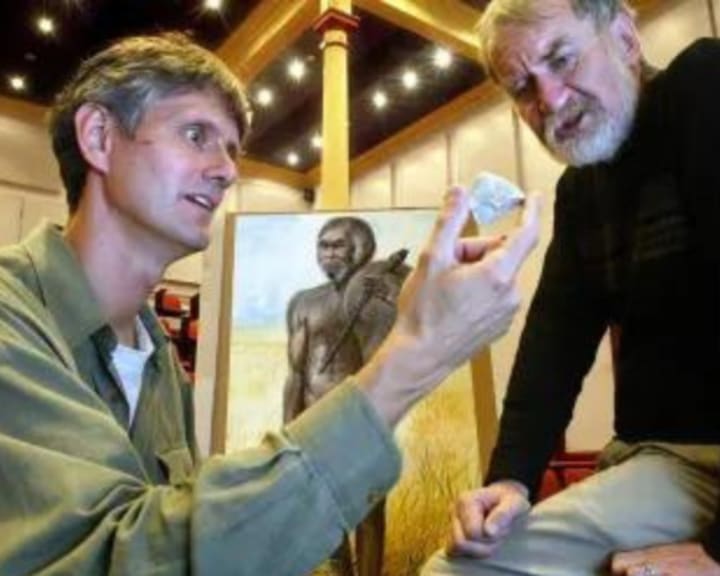
How the hobbit became
A few specialists in human development eagerly contended the Liang Bua bones were those of a cutting-edge human with a development problem—llike microcephaly, a condition that prompts a strangely little head, a little body, and some mental hindrance. That statement sparked a savage discussion that took a long time to determine.
The group that found the hobbit differs and advances two speculations. In all probability, individuals from the group thought, their find was an overshadowed branch-off of Homo erectus, the principal human species to leave Africa and move all over the planet, the remaining parts of which have been found in Java and somewhere else in Asia.
The state of the teeth and skull morphology were comparable; however, Homo erectus stood a lot taller. It was conceivable, the scientists thought, that Homo erectus had done what a few different types of creatures that live on distant islands have done: contracted over the long run because of restricted assets.
Nonetheless, the minuscule cerebrum case and chimplike wristbones suggested the hobbit was connected with australopithecines—llittle-bodied hominins, most popularly known from the well-known Lucy fossil—that wandered Africa multiple times quite a while ago. This potential connection raised the likelihood that Australopithecines additionally once moved out of Africa a long time ago.
Precisely the way that the hobbit came to be is as yet an open inquiry, said Chris Stringer, research pioneer in human development at the Normal History Gallery in London.
"I'm wavering on this one since I can see the proof for the two sides of the contention," Stringer said, "and I think we truly still don't have the foggiest idea where its beginnings are."
In any case, the possibility that the hobbit was a sick present-day human has been dismissed to a great extent, he said.
The ensuing revelation of two other little-bodied and little-brained hominins that lived somewhat as of late—HHomo naledi in South Africa and Homo luzonensis in the Philippines—aand the much bigger Denisovans has prompted a more extensive acknowledgment among paleoanthropologists that there have been many, various types of humans, incorporating a few that coincided with our own species, Homo sapiens. Before the revelation of the hobbit, numerous specialists in human development thought that basically just a single type of human had developed through time, with provincial variety.
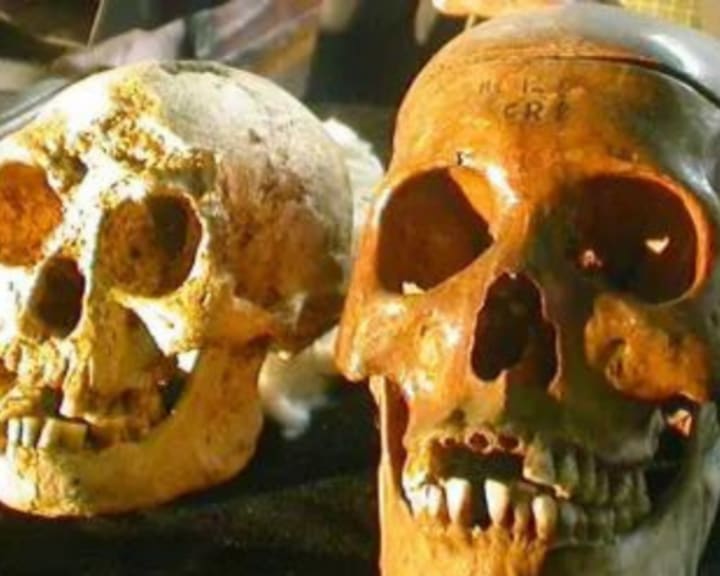
'Such countless questions'
Matt Tocheri, a Canada Research Chair in Human Beginnings at Lakehead College in Thunder Narrows, Ontario, first saw projects of the Liang Bua hobbit around 2006 during a show on the fossils' protection at the Smithsonian Establishment. A specialist in wristbone development, he was promptly paralyzed to see that the wrists all the more firmly looked like those of an African gorilla than a human, a perception that influenced him toward the possibility that Homo floresiensis is all the more firmly associated with Lucy and her family members than a downsized Homo erectus.
In 2014, a fractional Homo floresiensis jawbone and teeth were found on an alternate site on Flores called Mata Menge and dated quite a while back—ssignificantly more established than the first example. They were comparable in size, if not more modest, than those found in Liang Bua, proposing that the Flores hobbits had gained their tiny body size by that early point, neutralizing the possibility that the hobbits were evolving.
About the Creator
Enjoyed the story? Support the Creator.
Subscribe for free to receive all their stories in your feed. You could also pledge your support or give them a one-off tip, letting them know you appreciate their work.





Comments
There are no comments for this story
Be the first to respond and start the conversation.